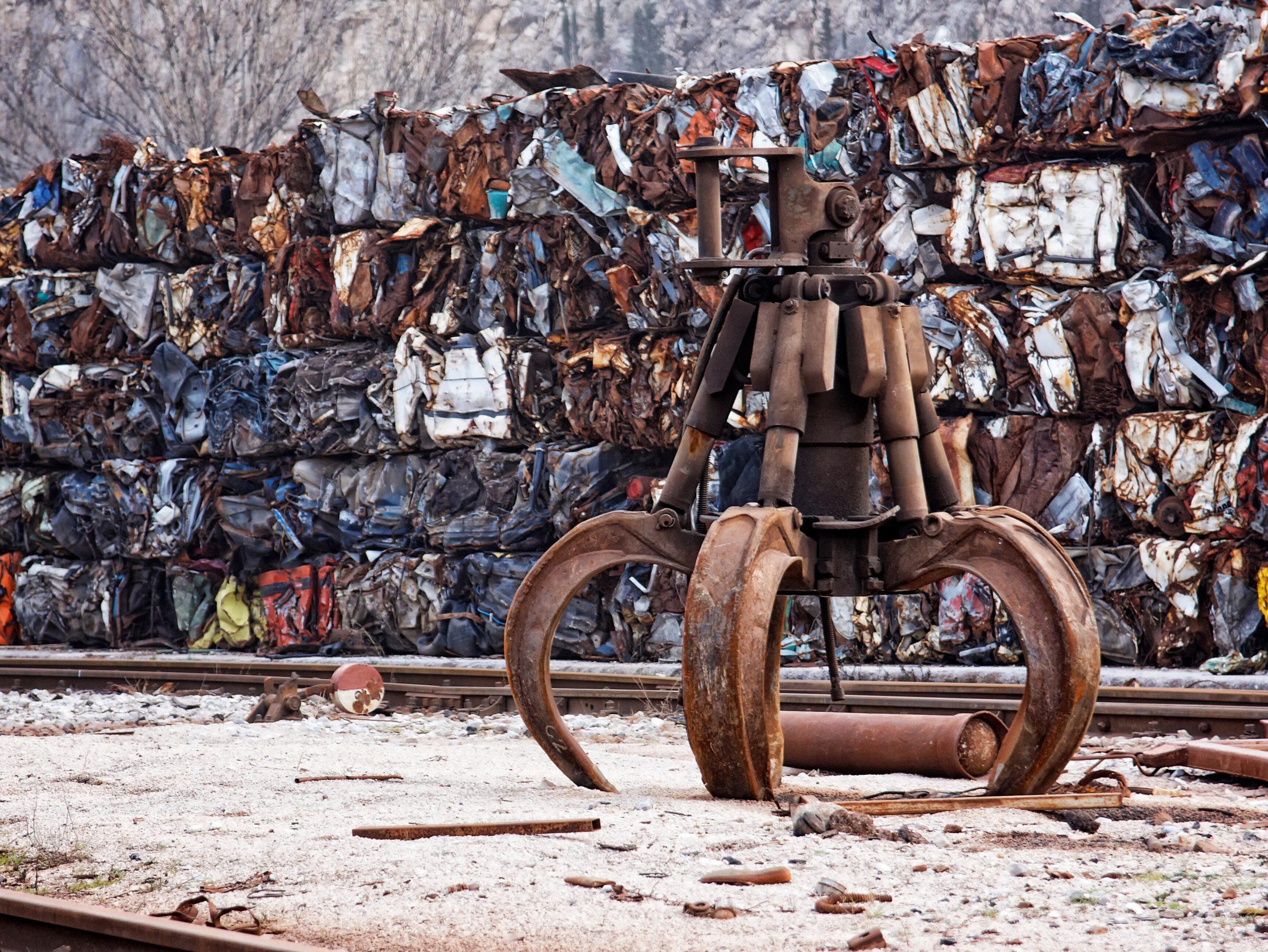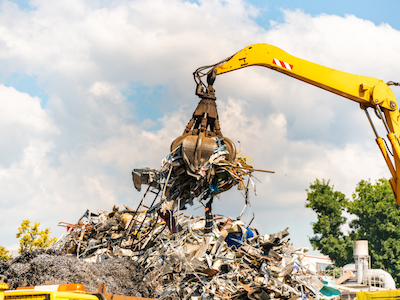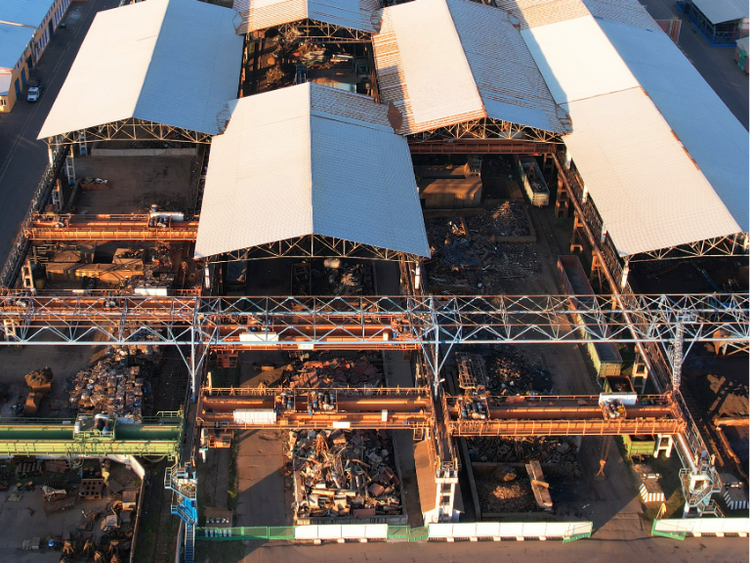Market

October 8, 2024
LME Week topics: China's big move and the changing aluminum market
Written by Gabriella Vagnini
Every year at LME Week, there’s always a moment that makes the metals world sit up and say, “wow.” Whether it’s wild price swings, warehouse dramas, or global events shaking the markets, we know we’re in for something big. This year definitely didn’t disappoint.
China came in with the “wow” factor, going bullish and surprising the metals market. The country’s latest stimulus package, the biggest political shift we’ve seen in years, shows that Xi Jinping is back on the economic growth track. This optimism from Chinese metals traders feels like a blast from the pre-COVID past. But what’s really changed since the Politburo’s rosy outlook in Q2? Well, Chinese stocks are up, iron ore prices are up more than 20%, and now we’ve got this stimulus package making waves. Sure, there are still concerns, like oversupply in copper and aluminum and the early Chinese New Year putting a dent in demand, but overall, there’s a sense that something major is brewing in China, especially in real estate, where homebuyers are coming back.
As some of you know, I had the privilege of hosting the CRU Breakfast during LME Week London, where we dug into the key forces transforming the metals industry. CRU’s base metals outlook was a big part of the discussion, but sustainability, decarbonization, and geopolitics were the real heavy hitters shaping the future of supply chains.
Aluminum’s pivotal role in sustainability and supply chains
Of all the metals, aluminum is feeling the squeeze the hardest. Rising prices from climate policies and protectionist measures are taking a toll. Aluminum has become crucial to the electric vehicle (EV) market, since EVs use much more aluminum than traditional cars. However, with China’s aluminum stocks getting closer to saturation and EV production slowing down, things have quieted this year.
The shift to using recycled aluminum is happening, but it hasn’t fully taken off yet. Once it does, demand will increase, and this could ease prices for those buying new aluminum. Recycled aluminum is critical for cutting emissions, and it’s much more energy efficient than producing new aluminum. This will be key, as we have already seen, for companies pushing to meet sustainability targets and decarbonization while staying competitive in an increasingly green market.
The cost of sustainability and the rise of recycled metals
The sustainability push is real, but it comes with a price. Companies are jumping in to take advantage of tax credits, deductions, and green loans, and governments are throwing billions into these efforts, like the $6.4 billion the U.S. has put toward formula funding for sustainability projects. And as protectionism grows, recycled metals, particularly aluminum, are becoming more important. With raw material supplies becoming less secure, governments are tightening trade quotas, and sourcing recycled aluminum locally is becoming a must.
Construction and automotive industries are at the forefront of this shift, but they’re not alone. In Europe, we’ve seen aluminum foil production pick back up as demand surges, and the push for sustainability is becoming extreme as companies aiming for net-zero emissions by 2050 are relying on greater aluminum recycling. The European Commission’s consideration of expanding its CBAM to downstream products will push the demand in Europe for recycled metals even higher, making recycled metals an absolute necessity for staying competitive and meeting regulations.






